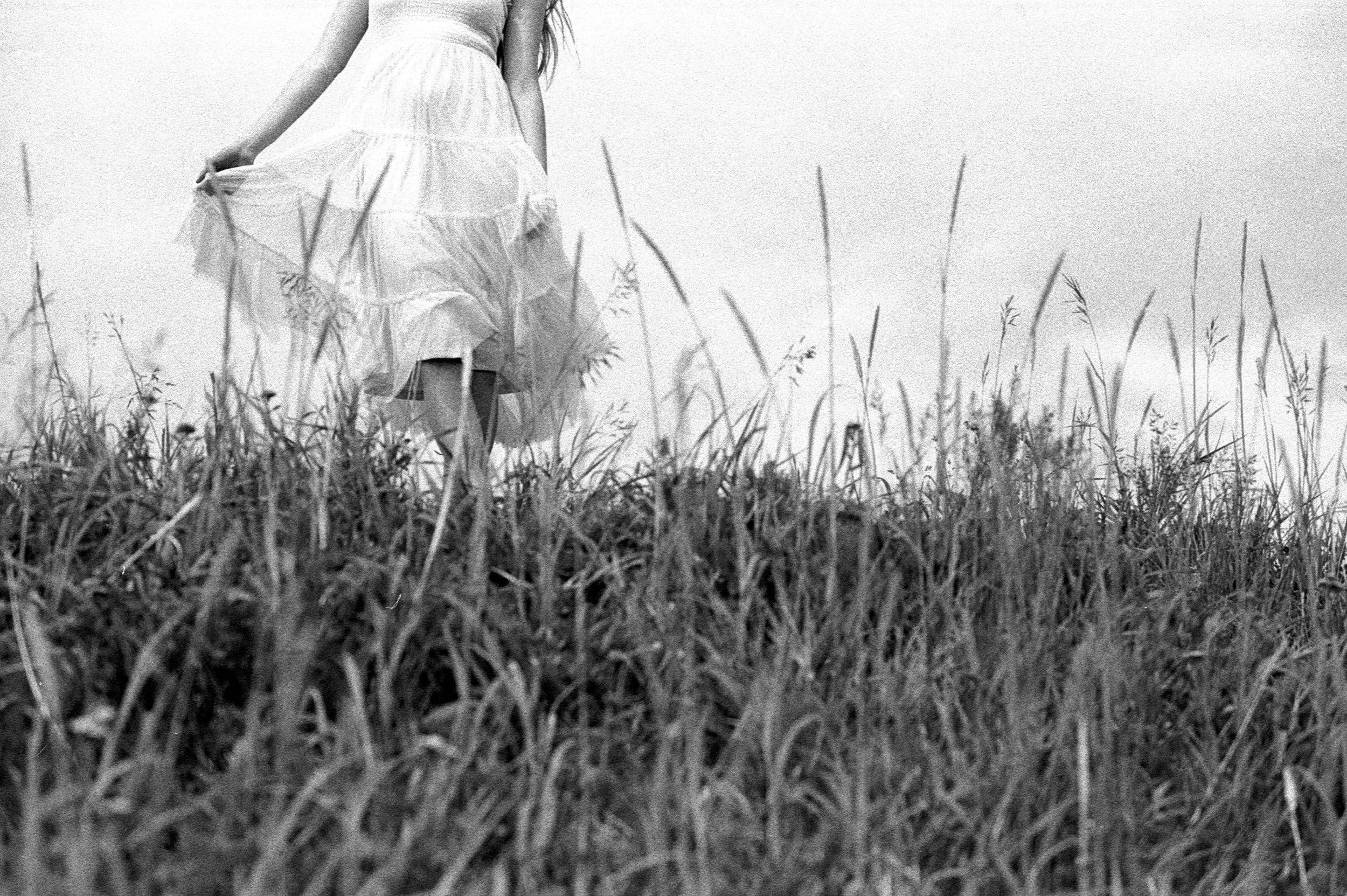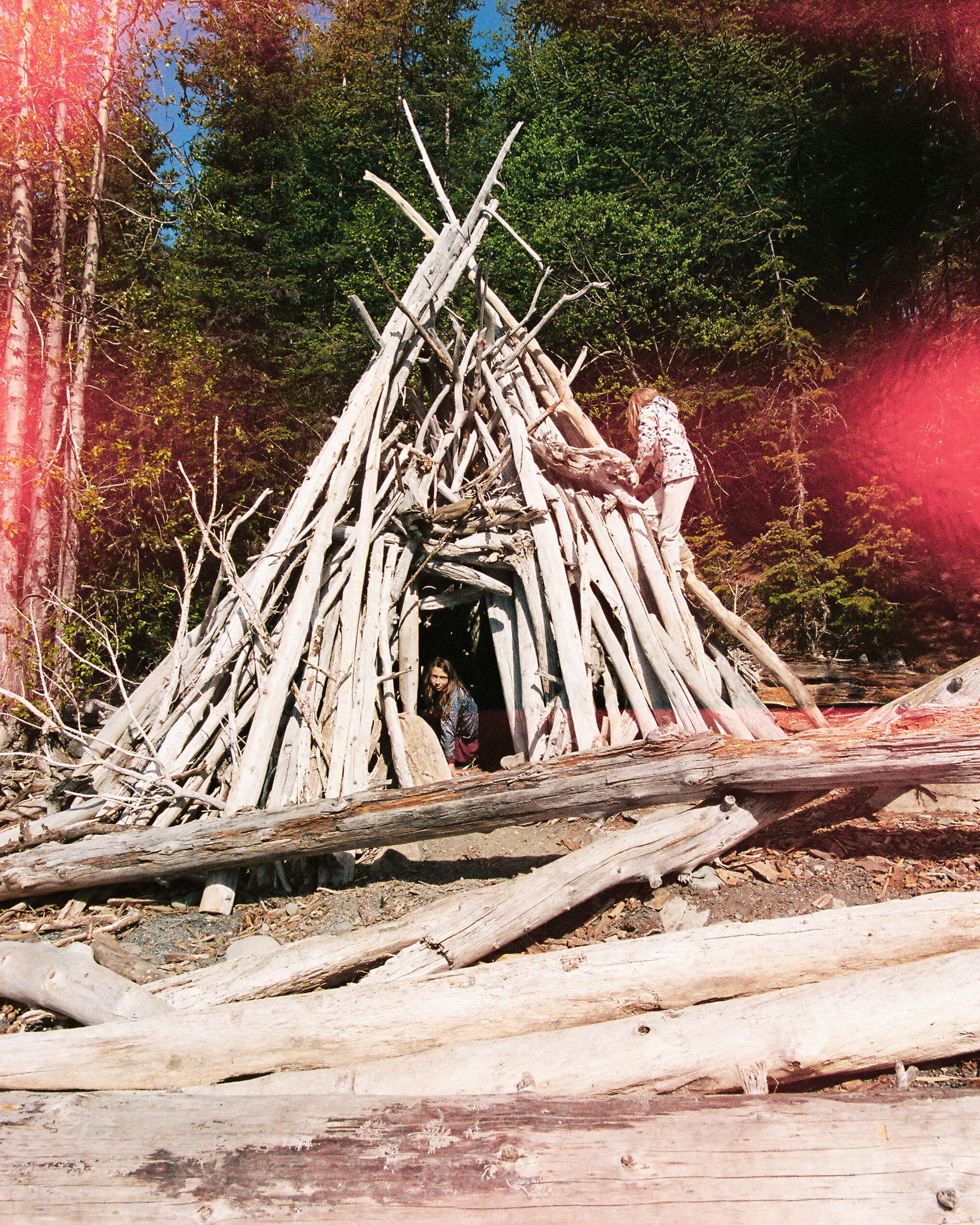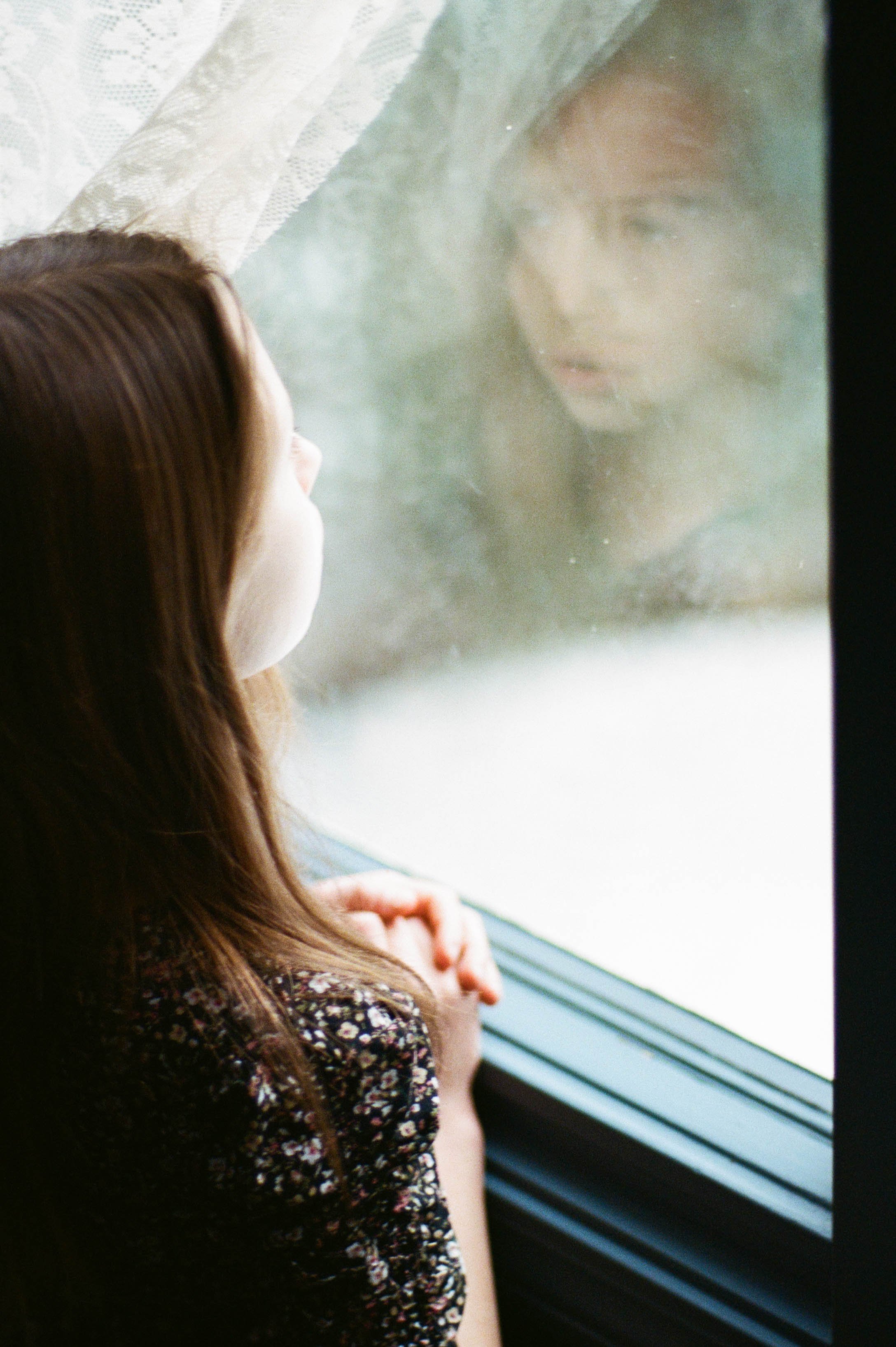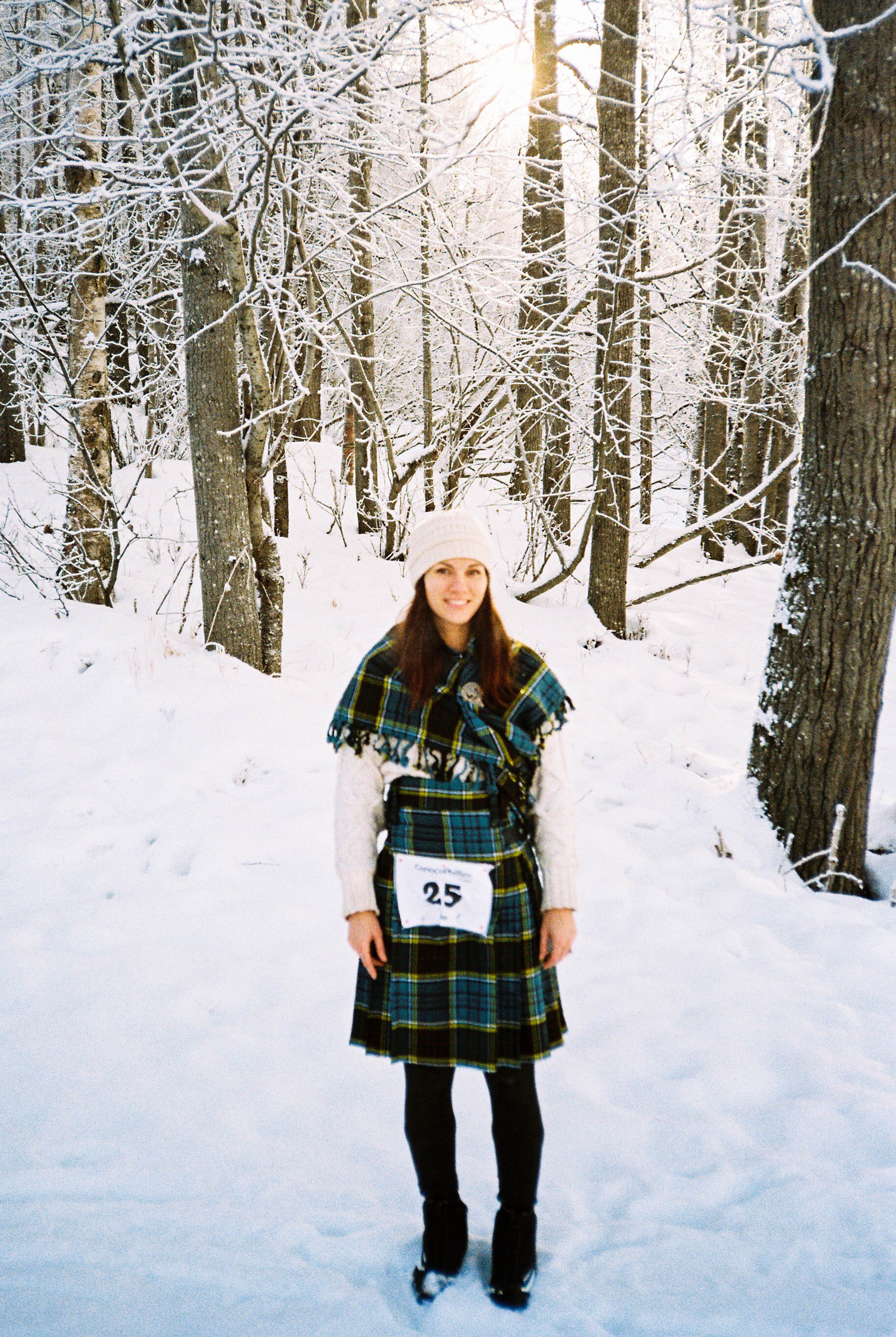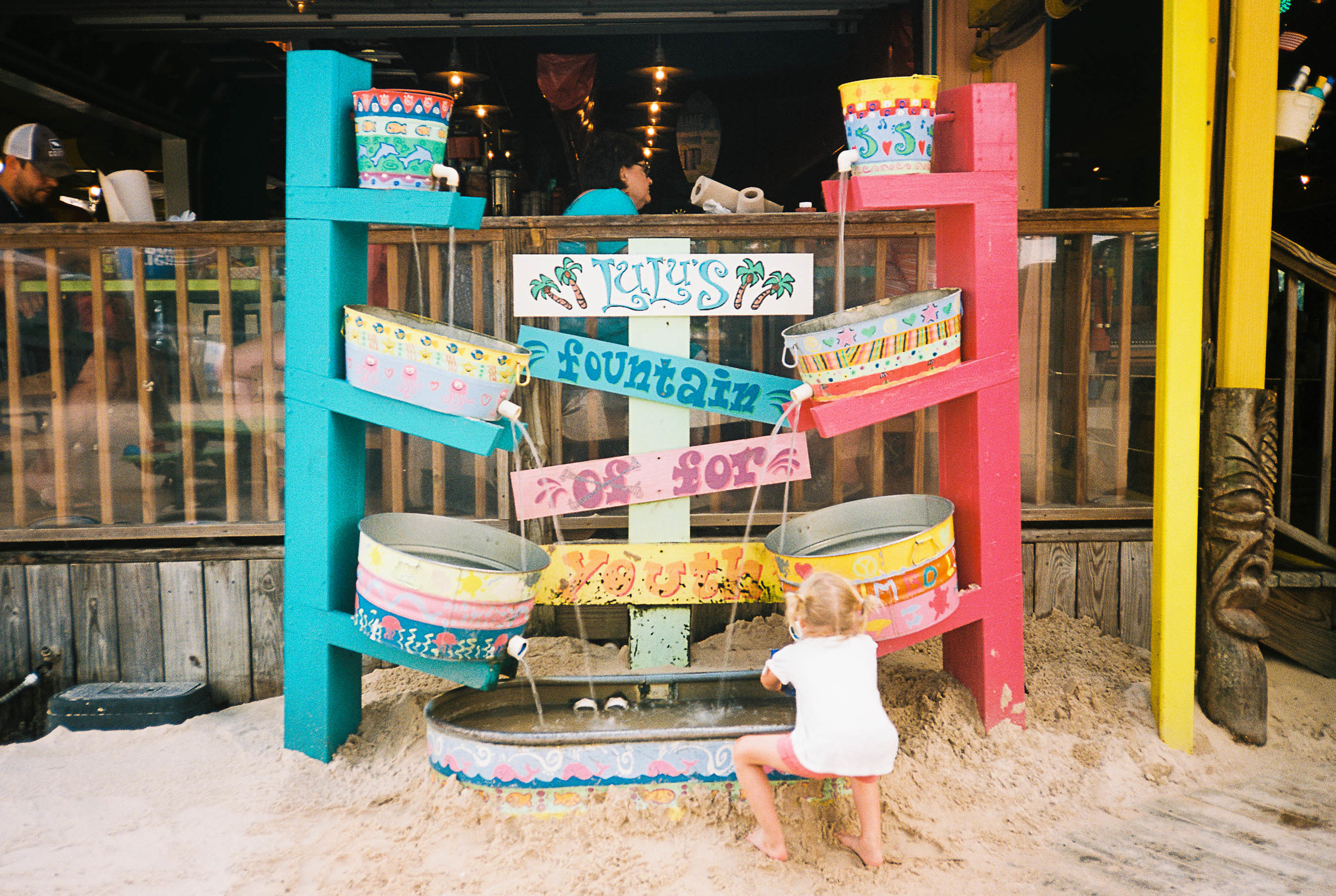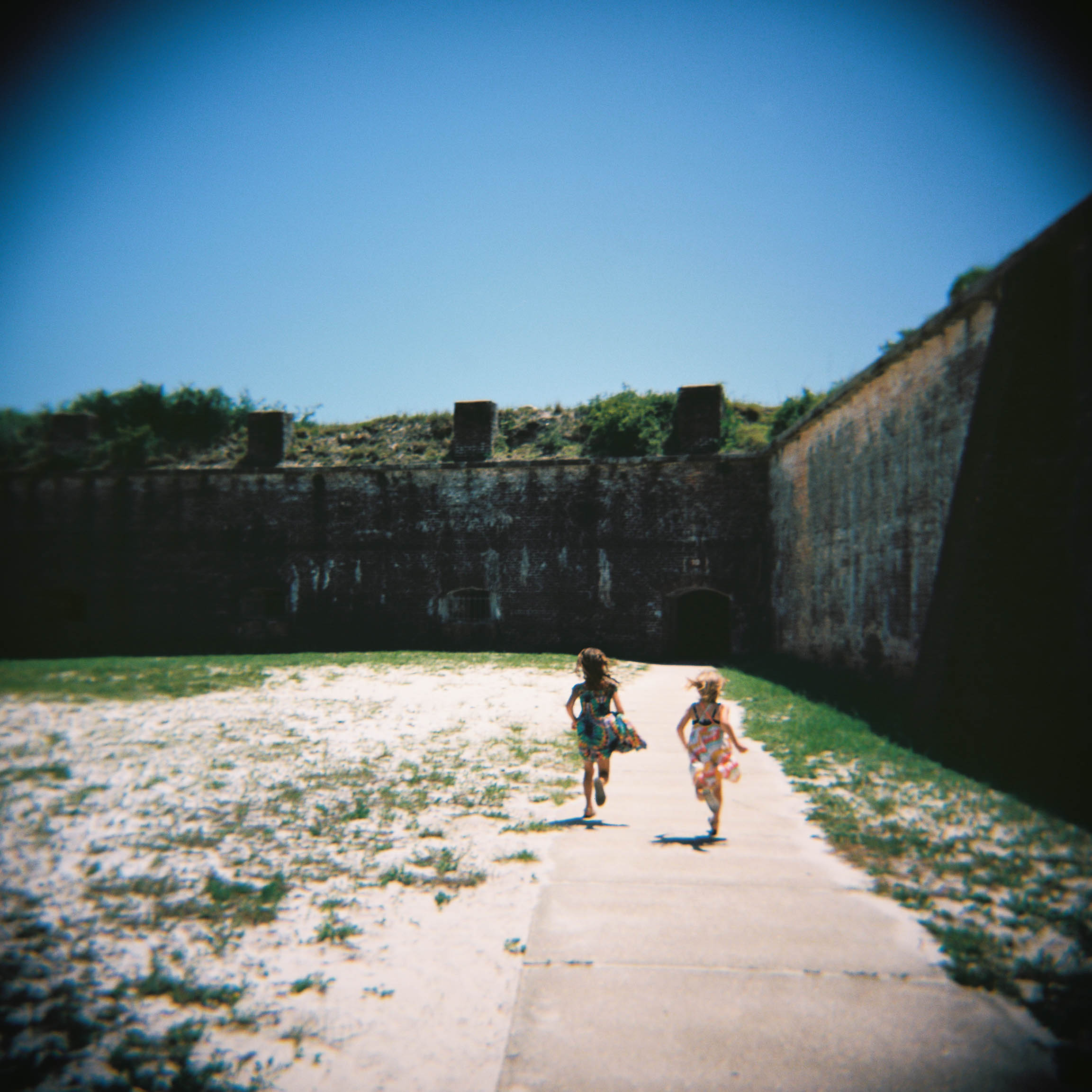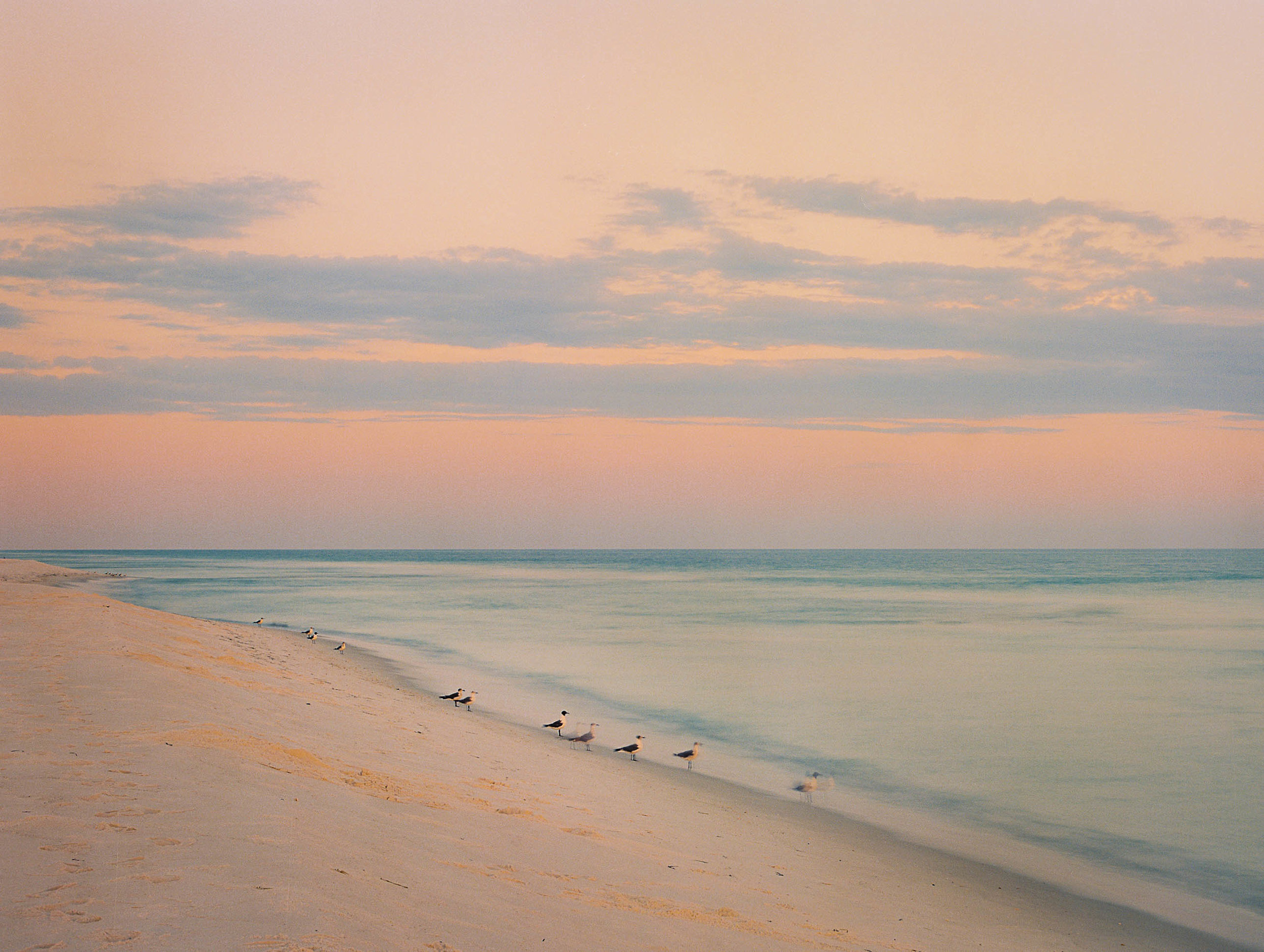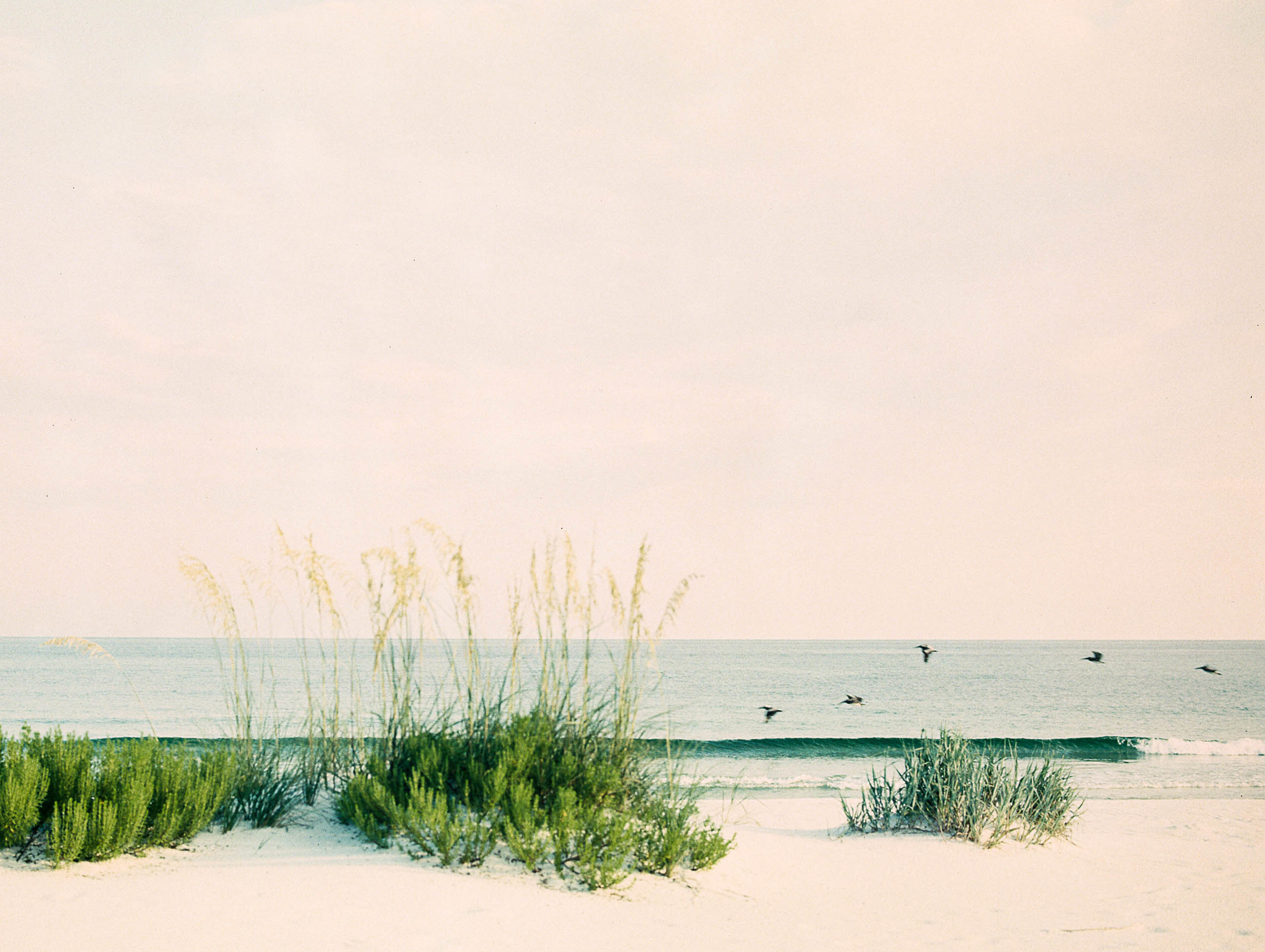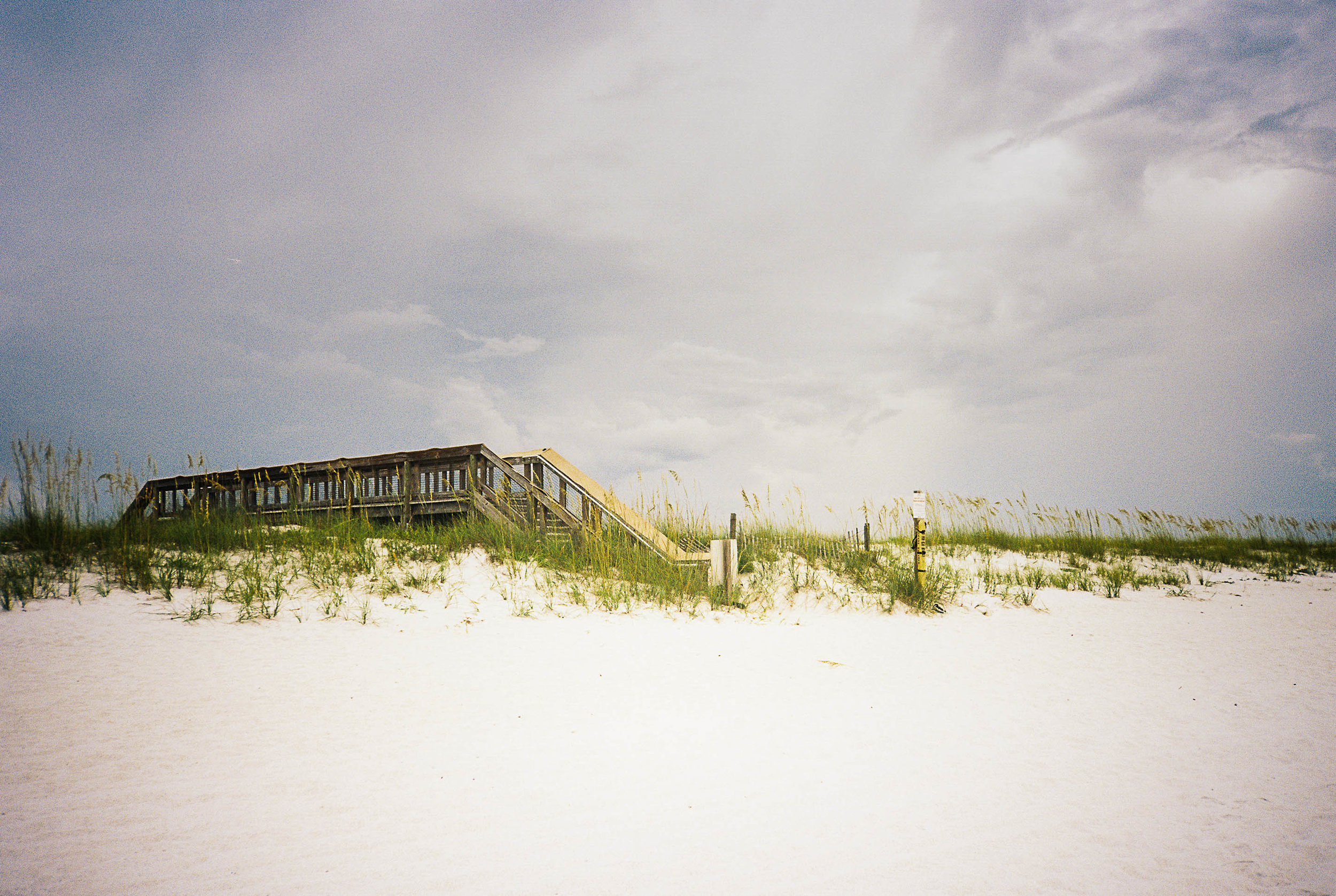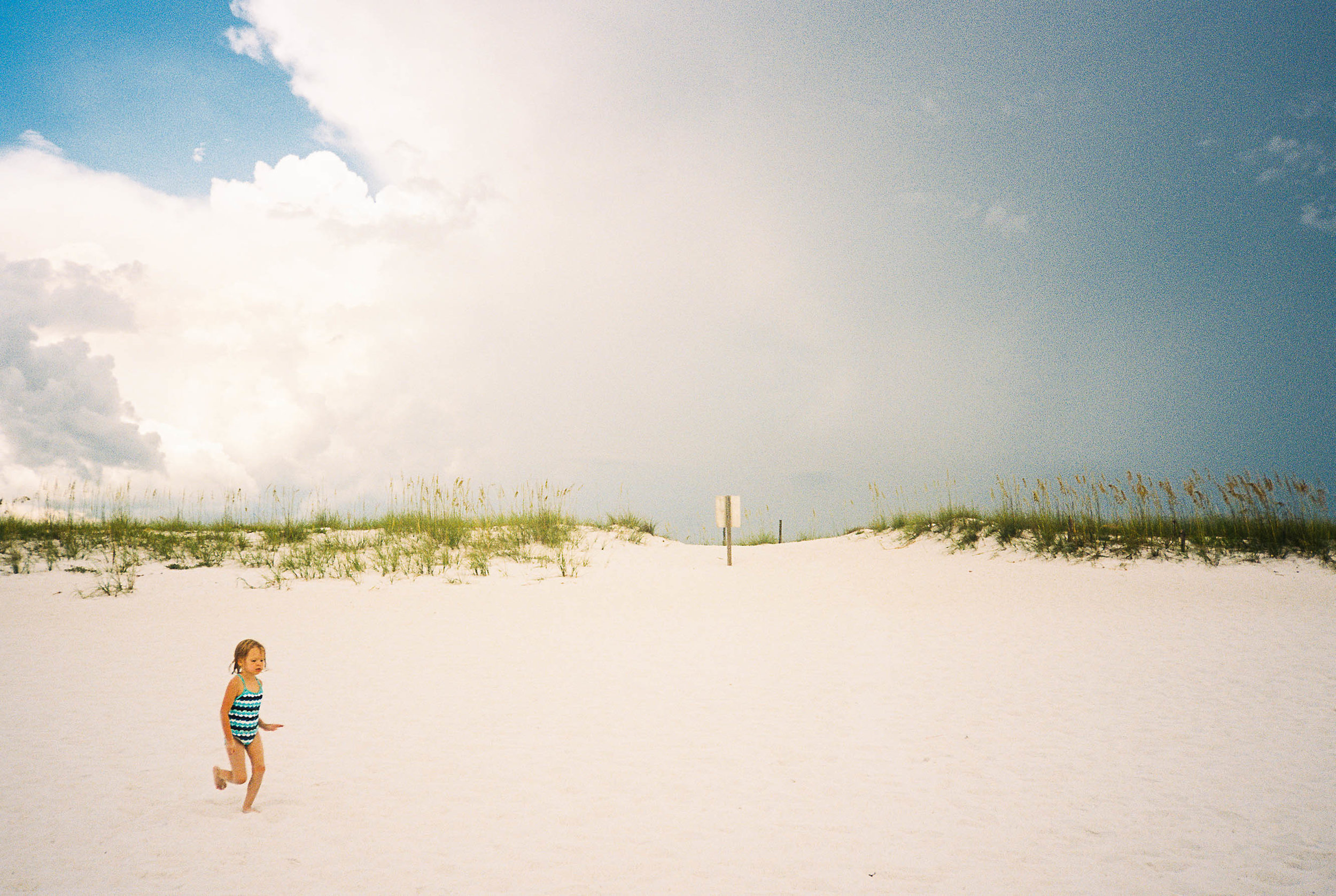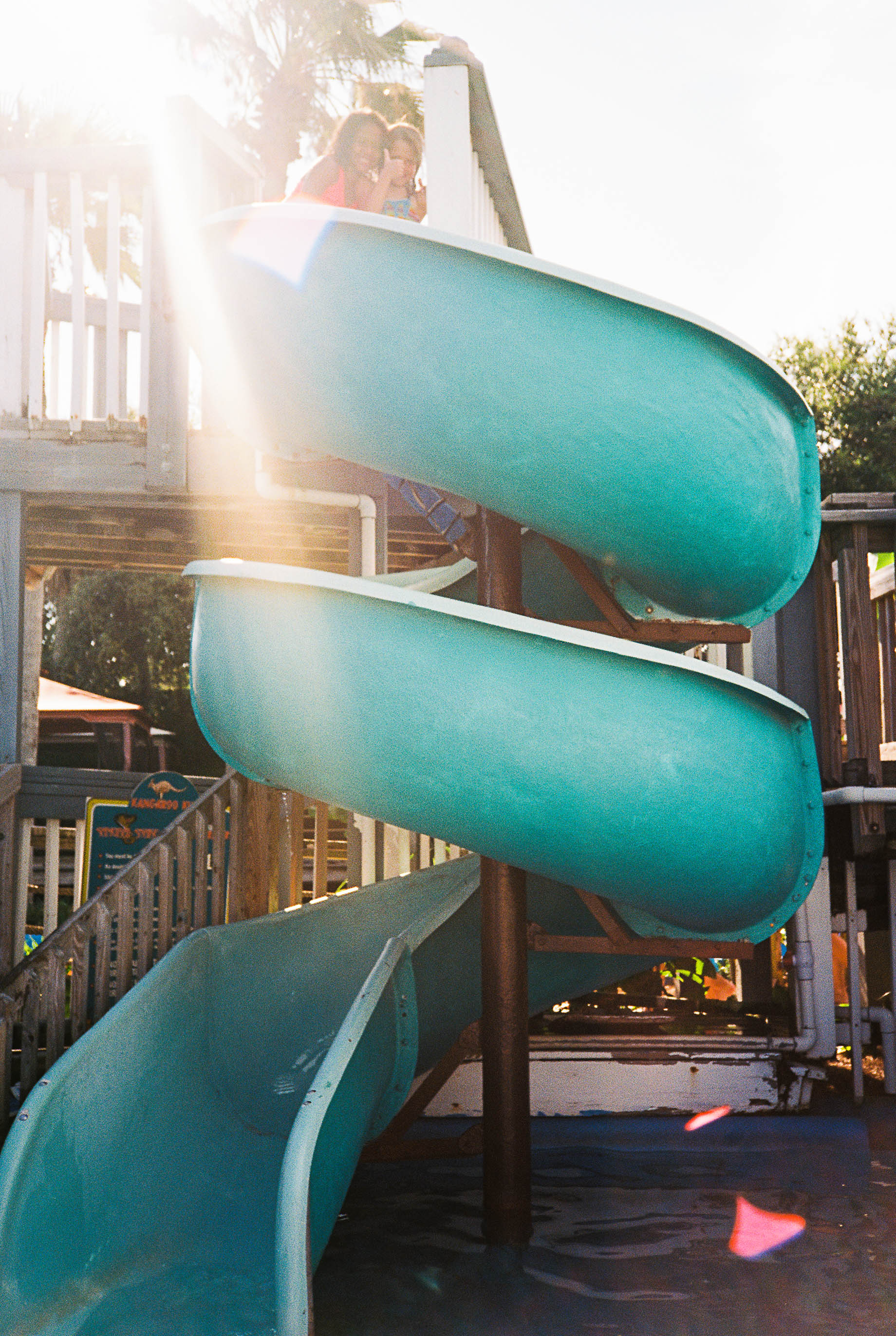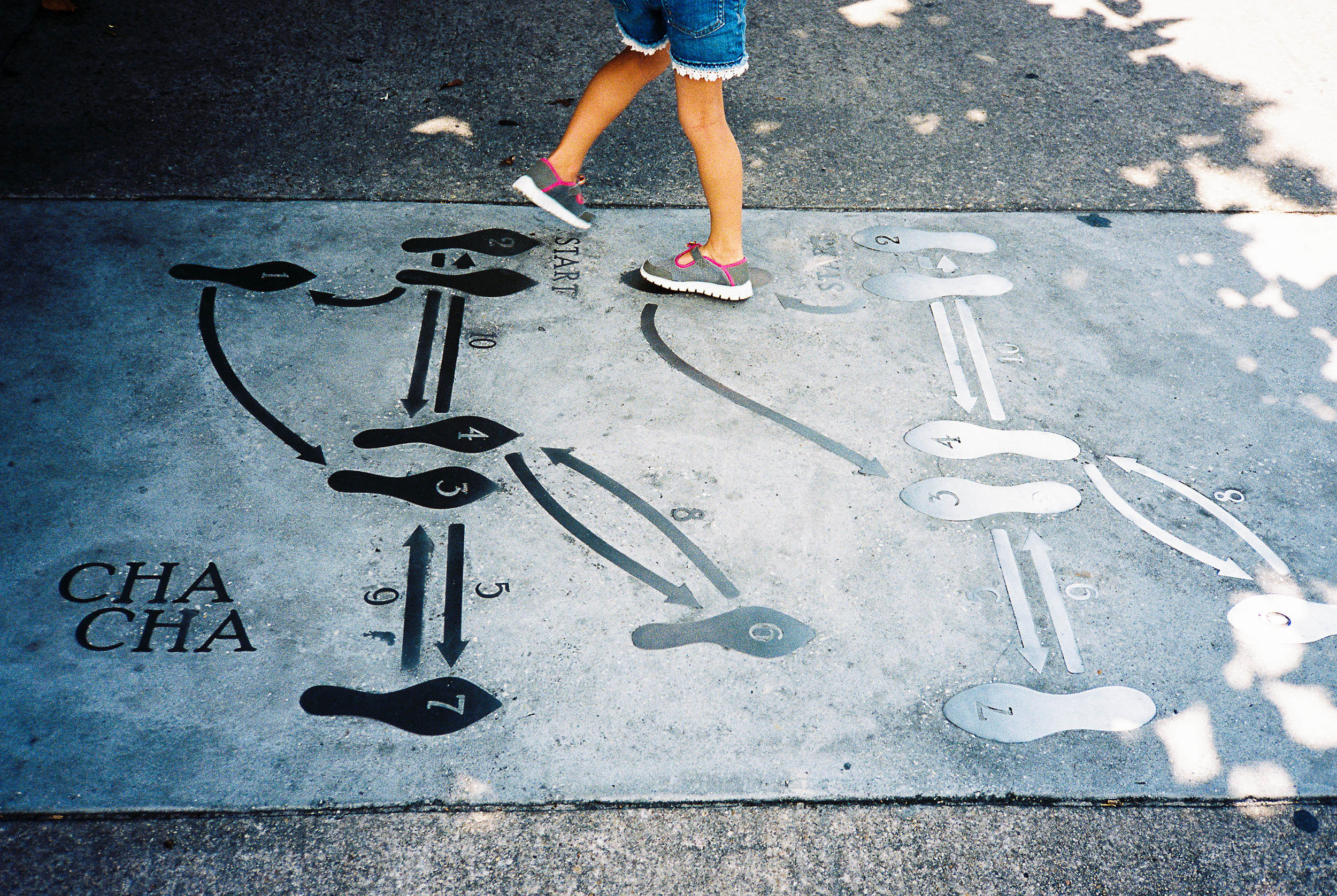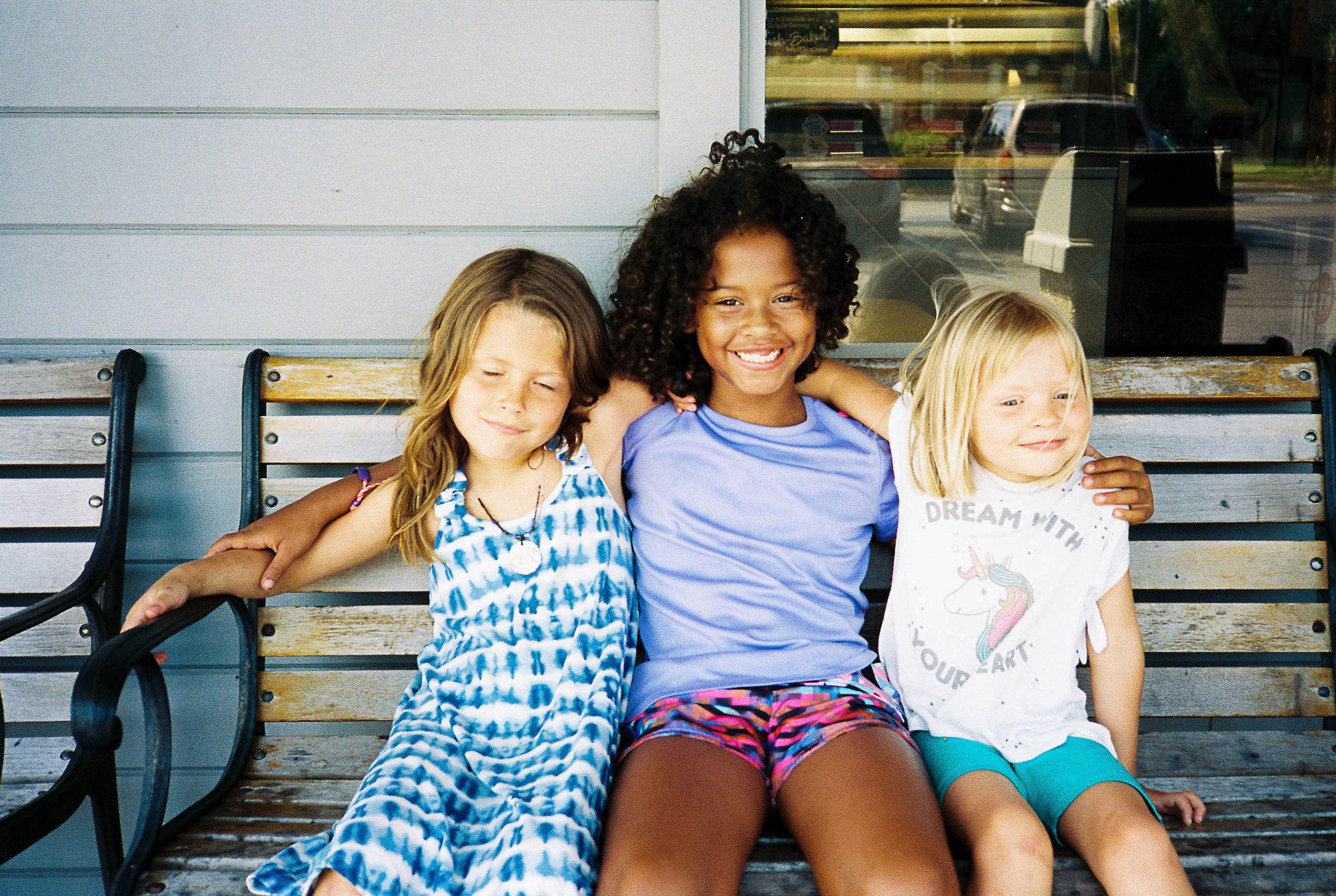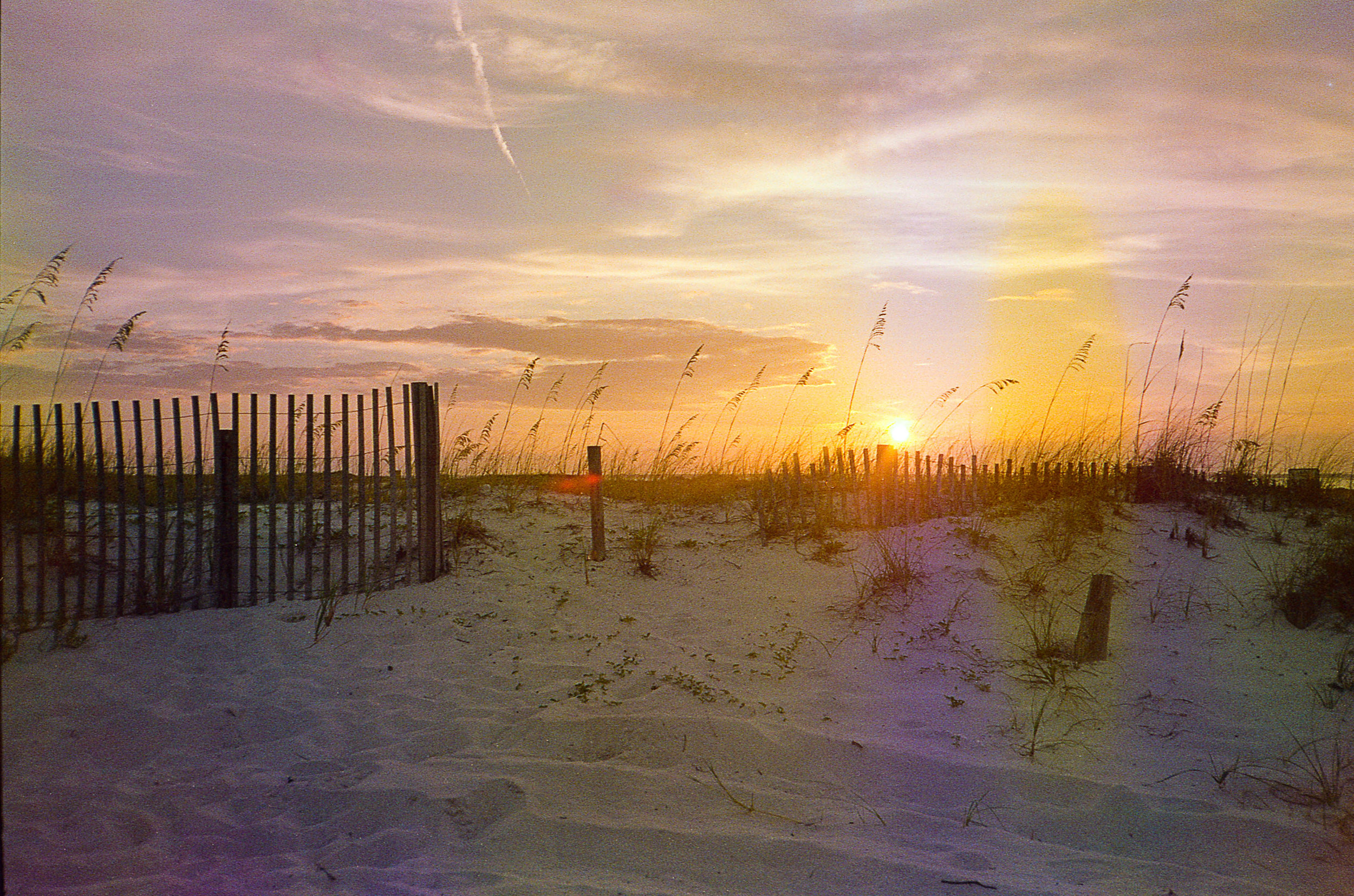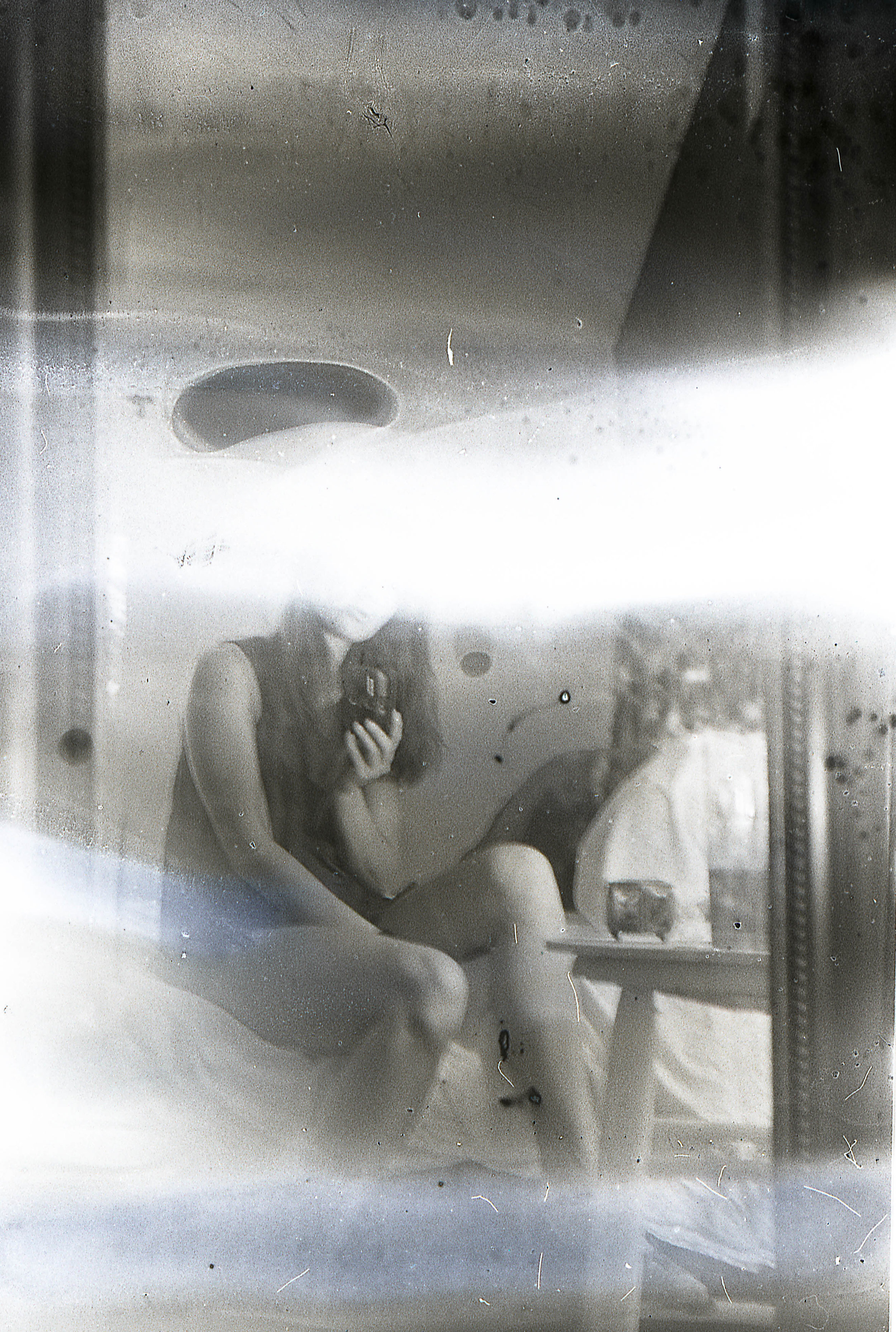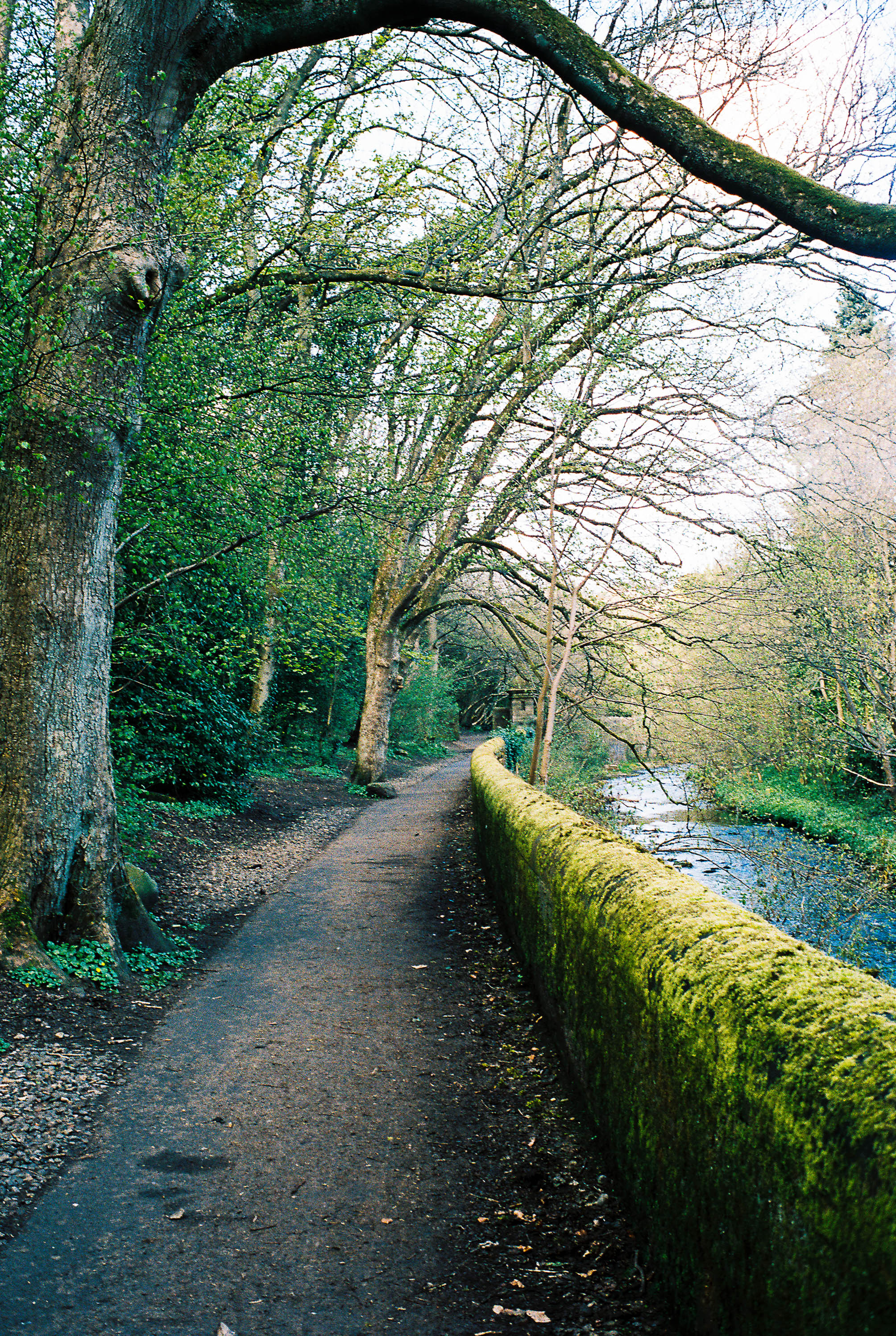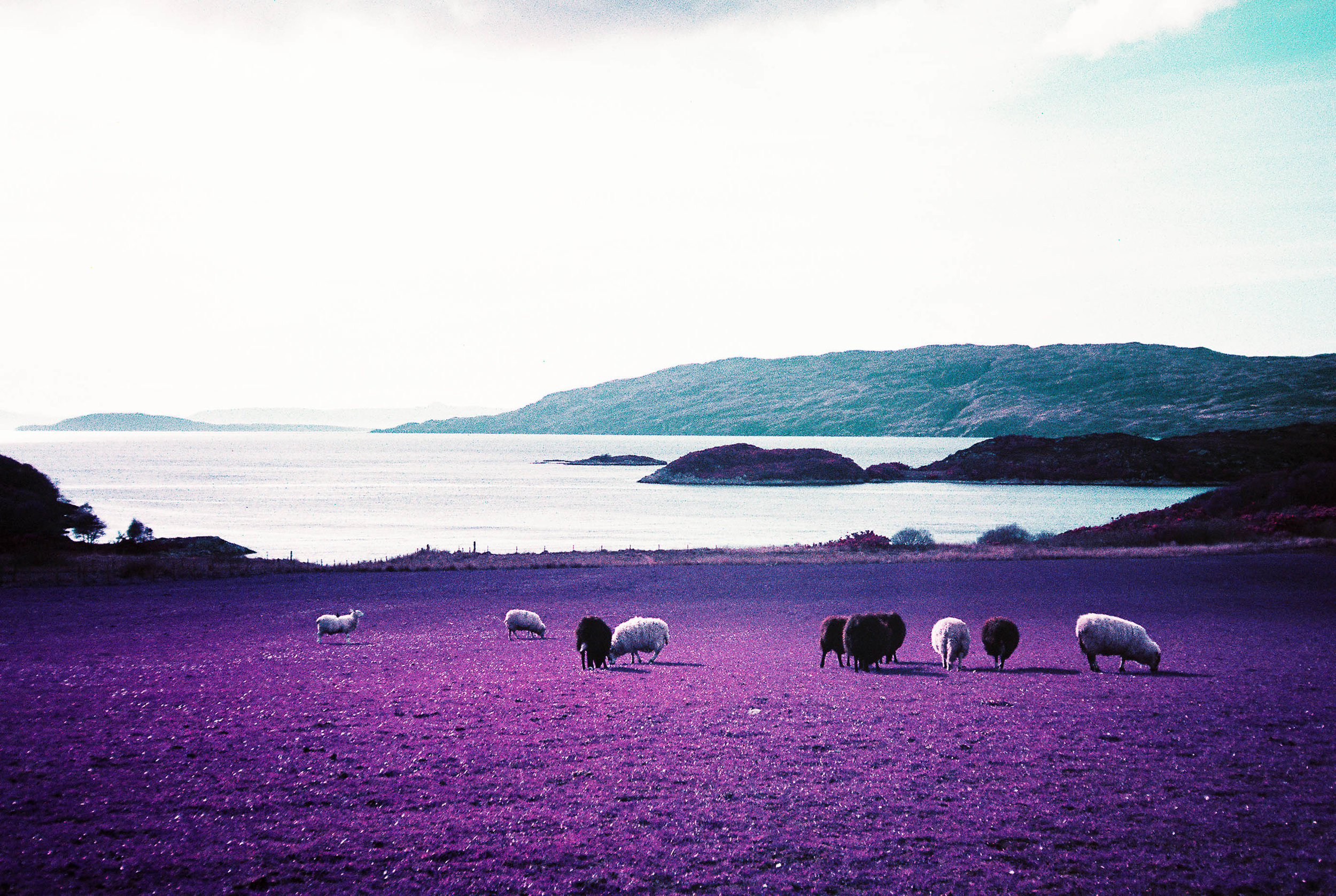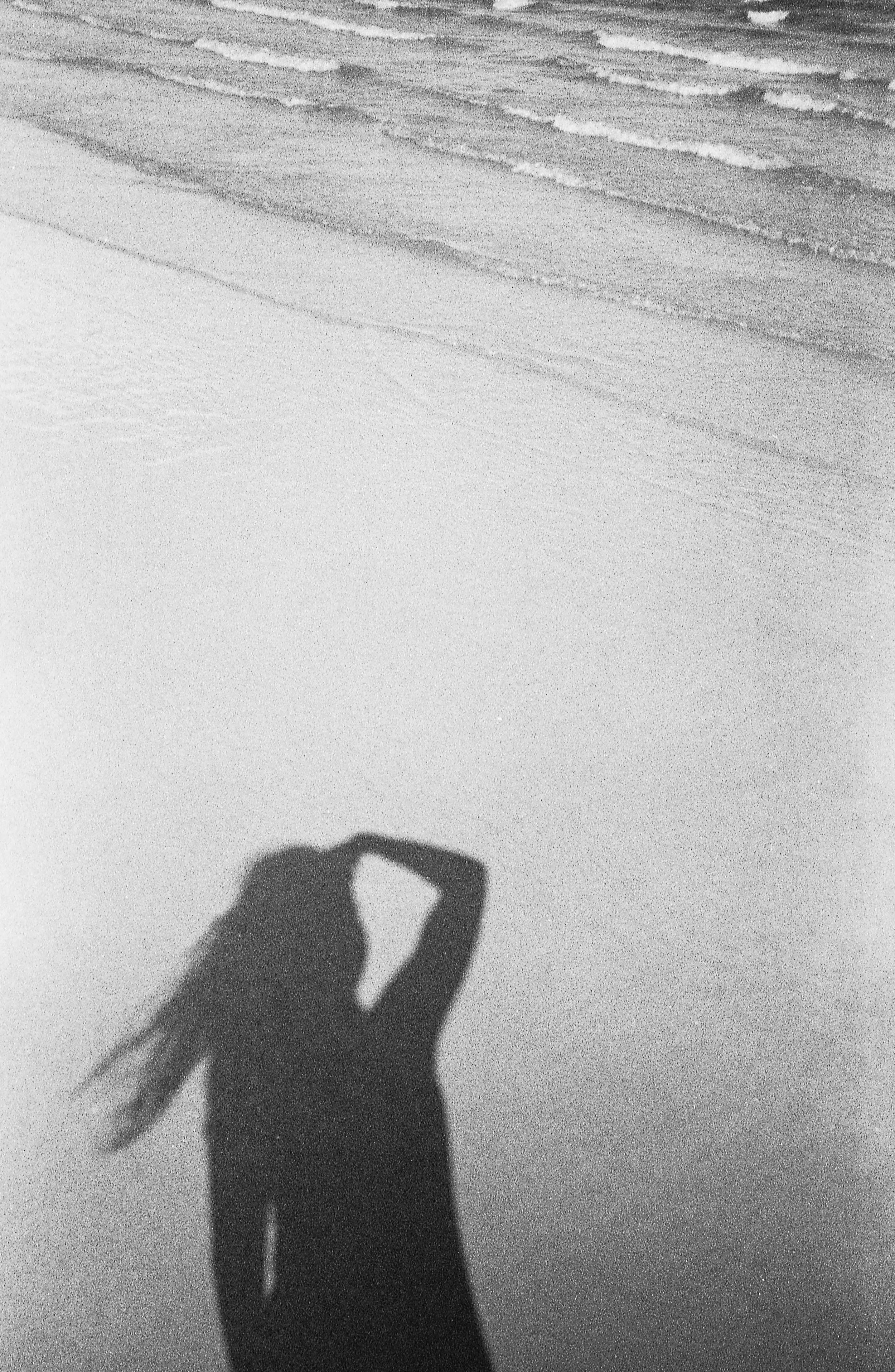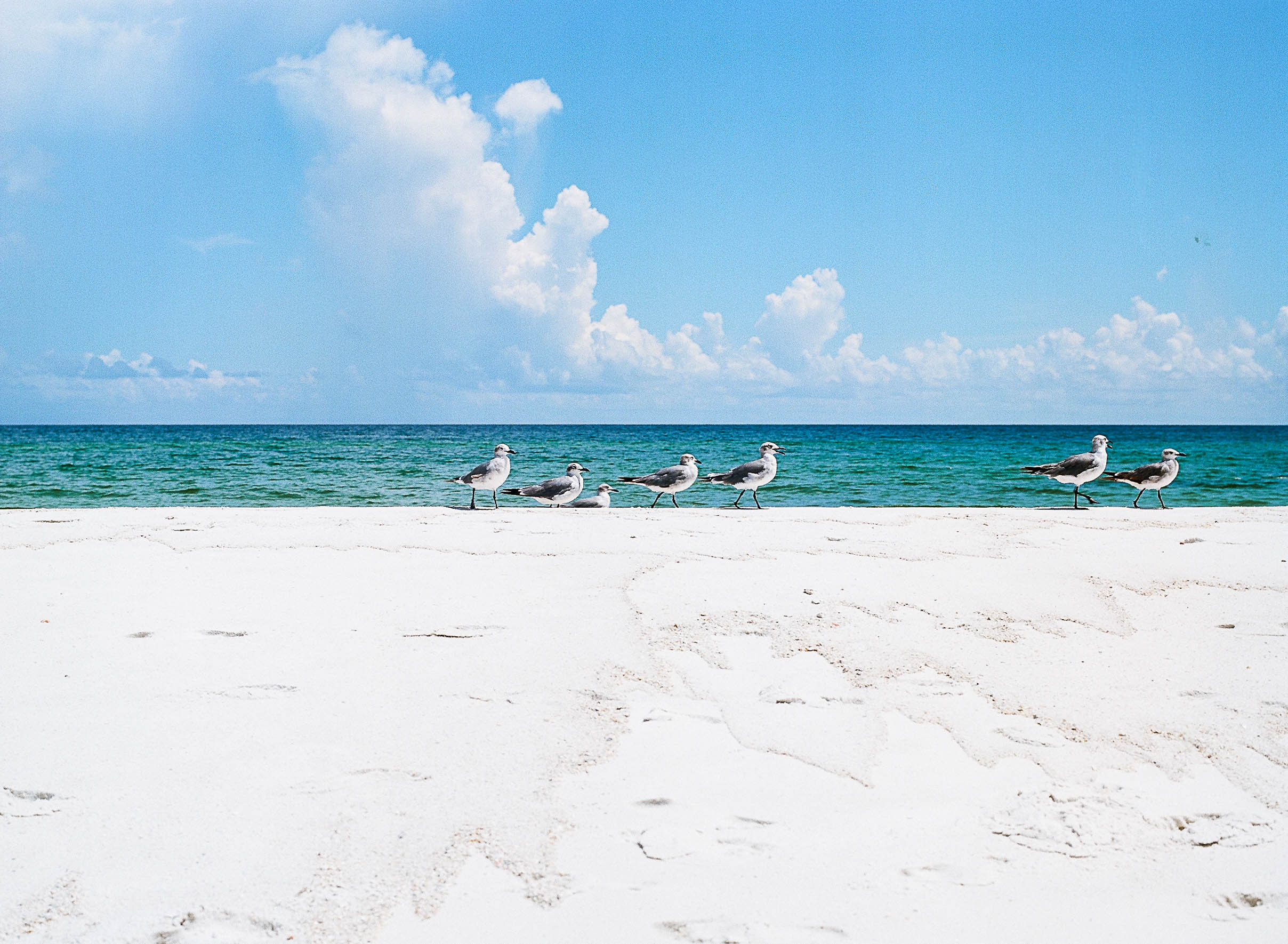I had been itching to develop my most recent experiment ever since I shot it on Pensacola Beach a couple of weeks ago. My initial plan was to let a lab do the honors, but after consulting with my local lab and discovering that they (rightfully) weren't too crazy over the idea of contaminating their chemicals with my concoction, I finally accepted that I would have to develop my latest roll of film soup on my own. This had me very nervous due to how developing C-41 emulsion is far more temperature sensitive than B&W (plus I had never developed any color film before), but I ordered a kit of Unicolor anyway and was filled with an even mix of excitement and dread when it arrived in the mail yesterday.
For this particular roll, which was Kodak Gold 200 rated at box speed, I chose to forgo boiling it this time and instead simply soaked it in berry beer and a tablespoon of dish soap for a couple of days, then dropped it into some rice for another 2 days before leaving it on the window ledge for the next week to finish drying. Fairly certain that the emulsion was dry by now, I decided it was time to begin this new journey of film development and celebrated with one too many glasses of wine. After reading through the instructions while slightly inebriated and chuckling at the suggestion that I wear a white lab coat, complete with latex gloves and goggles, I scampered to the stove to start mixing up the chemicals.
I then spent the next half an hour cursing at the Dutch oven full of water and our electric range for the wildly fluctuating temperature. The goal was 110 degrees Fahrenheit to properly dissolve the developer and Blix (a bleach mixture) concoctions. I don't know how many times I'd run to the freezer, throw some ice cubes in the pot, stir the water, take the temperature, swear at the reading, turn up the heat, fish out the ice cubes, etc. etc. This process went on for far too long and I'd like to blame the alcohol on that fact, thankyouverymuch.
The developer dissolved without a glitch. The Blix, on the other hand, reacted like one of those elementary school volcano experiments, reminding me of just what exactly an "endothermic reaction" is, which the instructions had helpfully told me to expect, but unhelpfully, didn't go into details. An iodine-like foam oozed out of the amber glass jar and all over the counter, onto the stovetop, and splashed on the floor, leading me to start yelling to no one in particular, "IT'S FINE, EVERYTHING IS FINE!" as I suddenly really wished that I did have a white lab coat.
The solutions now somewhat successfully mixed, I started to prepare myself for the hard part of this process: maintaining a stable 102 degree Fahrenheit temperature for the chemicals throughout the development process. I decided to fill the bathtub with the hottest water I could manage and after a bit of finagling, managed to get the temperature relatively correct and put the glass bottles in, monitoring their temperatures. Naturally, the Blix decided to misbehave again and was significantly cooler than the developer (which is weird since it was an "endo-"thermic reaction...I guess I lost more of the original liquid than I had thought), which led me to removing the developer from the tub and running the Blix bottle directly in the stream of hot water. After about 15 minutes of messing with the temperatures, I FINALLY nailed the 102 degrees for both solutions and immediately began to develop.
It turns out that developing C-41 is pretty similar to developing B&W, albeit with a few extra steps and it's a bit more finicky about temperature. It needs to soak for 1 minute in 102 degree water before you drain it and pour in the developer, you agitate more frequently (4 inversions every 30 seconds), and you have that lovely Blix to contend with. Everything was going relatively smoothly up until about halfway through the Blix stage, of course. I was just finishing up an inversion when the top blew off of the tank with a loud pop, making me scream as the deep amber chemicals spewed onto the walls and mirror. My husband yelled worriedly up the stairs, "What was that?" and I responded with my typical, "I'M FINE EVERYTHING IS FINE!" as I wished for that dang lab coat yet again.
After the rinse stage, I was anxious to pull out the film and see what I got. Happily, there were actual images on the strip! Unhappily, they looked relatively normal. I know, strange reaction to be upset over the emulsion not being damaged enough, but I had really been looking forward to extreme color shifts. I hung up the strip as I sighed and then went to bed, somewhat looking forward to scanning them in the morning. Now, scanning is a whole other beast that I typically hate with the passion of a thousand burning suns, but I actually quite enjoyed scanning C-41. I liked the control I had over the final product and it actually didn't take as long as B&W for some reason.
And so, without further ado, here are some of my favorite images from this second roll of film soup! As you will be able to see, most of the color shifts are very subtle, but I still like them regardless. I will be boiling it next time though followed by a 2 day soak, but I don't know when that experiment will be happening. I'll be getting a couple hundred scans back this week from The FIND Lab, so that'll keep me busy for awhile. Enjoy!













































